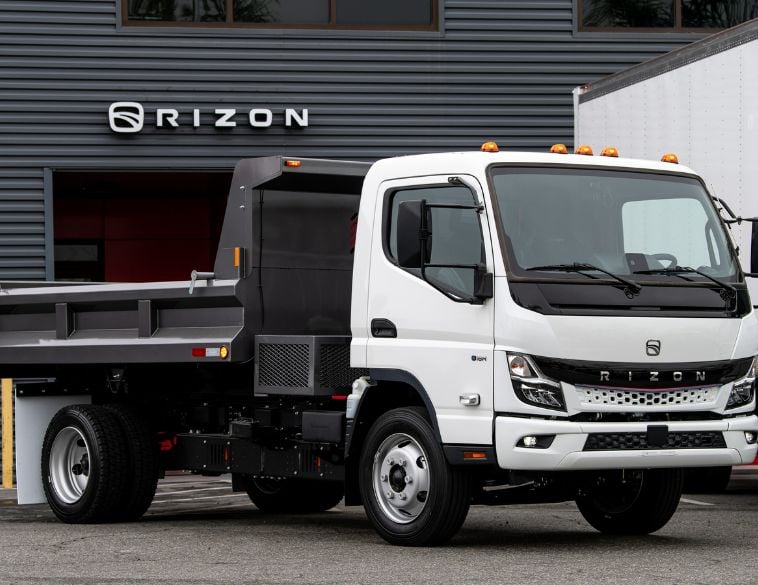Do your fleet drivers get a passing grade when it comes to pandemic prevention?
One of the major challenges facing fleets during this pandemic is keeping drivers, and the people they come in contact with, safe from the COVID-19 virus. While we’ve all become accustomed to the daily ritual of hand washing, face masks, and social distancing, fleet managers can’t take for granted that their drivers know what to do, and are willing to comply with best practices. That’s why training is a key step in the prevention of COVID-19 infections.
“It starts with initial training for the drivers, followed by ongoing refresher training,” says Rich Radi, Director, Product Management, ARI. “In addition, you have to have continuous and ongoing communication so that everyone understands what we all need to be doing to keep ourselves and others safe – both those working with us in fleet, and those we interact with.”

Initial training
With COVID, it’s inadvisable to get everyone into a classroom setting for that all-important initial training. But there are other options. “We’re big believers in online training,” Radi explains. “It’s a wonderful tool and very convenient. It’s even easier than getting everyone together for a Zoom session. Folks can take the online training course at their own pace and on their own time, as long as you have some kind of deadline for them. Virtual training through Zoom could also be effective, although it would take more planning to get everyone together at the same time.”
Radi says ARI offers online training for the prevention of infectious disease transmission where drivers learn how to keep themselves and others safe. “The training covers everything from how to wash your hands properly, to making sure you’re wiping down the vehicle after you’ve driven it, making sure you have the right supplies in the vehicle, and that you’re avoiding contact with others. And where you do have to make contact with customers, that you maintain your social distancing, not shake hands, and so on.”
The key to making sure drivers not only pay attention to the training, but also understand and retain it, is keeping them engaged. “With any training, especially if it’s online, we feel it’s very important to make it interactive,” Radi adds. “You don’t want your drivers to just watch a video and have a test at the end. Instead, engage the learners so that they participate, and get their thinking involved. You can make it interactive by incorporating exercises and activities throughout the course. Ask them questions, have them answer, and give them feedback.”
Fleet policies
ARI encourages their clients to review their policies to make sure the prevention of infectious diseases, like COVID, is clearly defined. “In general, I think organizations and their drivers are taking COVID seriously,” Radi says. “To make prevention as effective as possible, you have to start with a policy that the organization is behind. It can’t be just a fleet department policy. You have to have buy-in from across the organization. You also have to make sure your drivers know about your policy, have read your policy, and understand it.
“We take it to the extent of having a customized online module for our customers that the driver needs to take, and then we test them on the specifics of the policy. Then you really know that they read it and that they understand it. You also know who hasn’t read the policy or doesn’t understand it, which allows you to be proactive with those individuals.”
Reminders
David Thornton, Vice President Sales & Client Services, LeasePlan Canada says reminders are crucial, adding that it takes most of us a bit of time to get used to a new routine.
“Looking at my own experience,” he says, “it probably took me five or six days before I remembered that every time I went out of the house I not only needed my wallet, phone and car keys, but my mask as well. So my family had to remind me numerous times that not only should I have a mask in my pocket, one in the car as well, just in case I forgot.”
Thornton says every fleet should have their drivers acknowledge that they understand the fleet policy, at least once a year, while service and delivery fleets should do so more frequently, especially now with COVID. In addition, reminders should go out in monthly newsletters, if your fleet publishes one, and they should be part of regular business updates.
COVID prevention should be part of every driver’s walk around and condition report check, Thornton adds. When a driver is getting ready for his shift, he should wipe everything down. When they’re done their shift, they should wipe everything down again. This includes all the touch points – the steering wheel, the gearshift, handbrake, door handles (interior and exterior), the car keys, seat belts, and even the radio and HVAC controls.
And here’s something most fleets might not even consider as a must-have – gloves. Thornton says he was speaking with a business associate who recommended gloves as part of the COVID prevention package. “At first I thought maybe the gloves are a little excessive in the car,” he recalls. “ But he said ‘No, I’m more worried about the fuel pump.’ So I think that’s a brilliant idea, and ever since he mentioned that to me. I’ve been telling customers to remind their drivers to wear gloves when they’re filling up.”
Thornton also reminds his clients to plan ahead for the maintenance of their vehicles. “We’re constantly reminding drivers to call before they go because the shop hours could be different than what they used to be before COVID. Also, what are their protocols? With some locations, it’s drop off only; with others it’s stay in your car only. You have to be careful to be make sure you’re comfortable wherever you’re taking the vehicle, and that you know what their protocols are and that you’re fine with them.”



